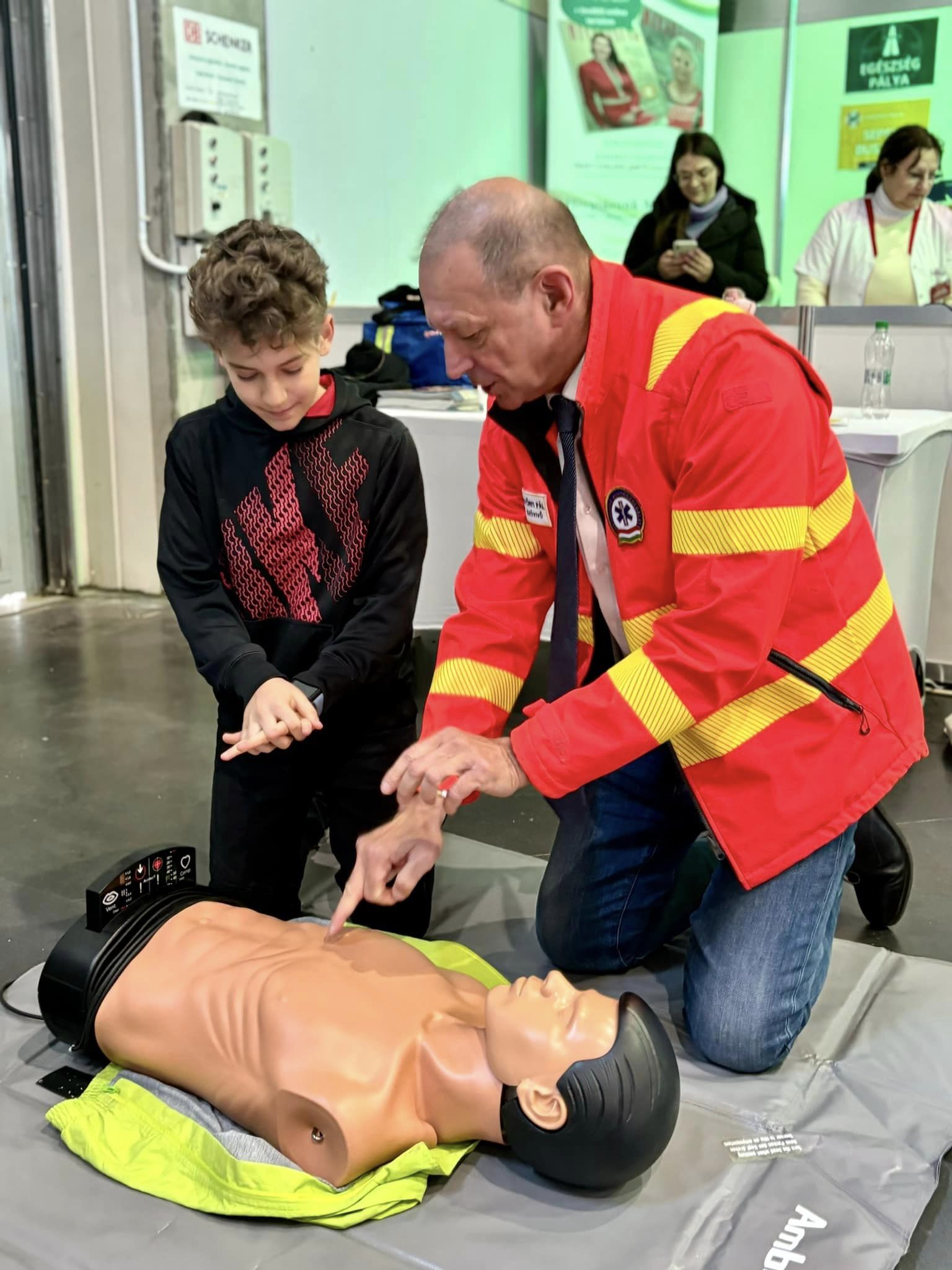Has the ambulance service in Budapest collapsed? – spokesperson reacts

Amid growing pressure on the ambulance service in Budapest, a recent Facebook post raised urgent questions about the city’s emergency response capabilities. A health analyst judges the National Ambulance Service harshly, while its spokesperson praises its efficiency and swiftness.
Lack of available ambulance vehicles
According to Index, on Saturday, the ambulance service in Budapest faced severe strain, leaving 35 emergency calls unattended due to a shortage of available vehicles. Notably, cases of choking were among those left on the waiting list, a troubling sign of the city’s current emergency response capacity. Health analyst Zsombor Kunetz criticised the situation as disgraceful for a major European city like Budapest, underscoring that this level of risk necessitates accountability from management. The Hungarian Ambulance Workers’ Association (MOMSZ) reported that patient delays are commonplace, often worsened by the reliance on 18 ambulance units dispatched from other regions rather than directly from Budapest.
Zsombor Kunetz criticised the recent incident as the following:
This is a level of endangerment that cannot fail to hold the management accountable, Gábor Csató, Director General, and György Pápai, Medical Director, should have been sacked yesterday! A disgrace in the middle of Europe in a city of 2 million people! And seriously, this organisation has taken over the emergency rooms.
Spokesperson reacts
Index contacted the National Ambulance Service spokesperson, Pál Győrfi, to react to the Facebook post by MOMSZ. According to Győrfi, the Facebook post shows complete ignorance or a deliberate misinterpretation of the situation. He described the incident as a smear campaign by the MOMSZ and Zsombor Kunetz. In addition, he praised the ambulance service in Budapest for being well-organised. He said:
The posted monitor picture does not illustrate a failure but is part of the regular and proper operation of the ambulance management. Despite the increasing number of tasks, the ambulance response time for emergency P1 cases has remained within 15 minutes in the recent period, which is also due to the dynamic reinforcement of the ambulance capacity in Budapest, the planned redeployment of ambulance units, among other measures.

Misleading screenshot?
The spokesperson for the National Ambulance Service clarified that rescue managers in Budapest use multiple monitors and a computer-assisted decision support programme to assign tasks to the correct rescue units based on urgency and protocol. According to Pál Győrfi, the ambulance service in Budapest handles over 1,000 of the country’s daily 3,600-3,800 cases, ensuring that the most urgent, life-threatening incidents are prioritised swiftly and managed to a high professional standard.
He explained: “To pick out a screenshot from the complex process of rescue management is surely misleading, as there are always tasks on the triple screen that can be deferred, (for example level P3, which is a task that does not require immediate lifesaving intervention), and therefore, are not yet assigned to a rescue unit. In addition, at a given moment in time, even the highest priority tasks may be visible, as they appear briefly on the triple screen before they are assigned to the rescue unit and the unit starts to execute the task”.
Read also:
Source:






Ambulances from the countryside around Budapest are a lot of times not available for the communities who established and pay for them, because their ambulances are in Budapest. This was personally told to me by members of the ambulance service on the countryside.